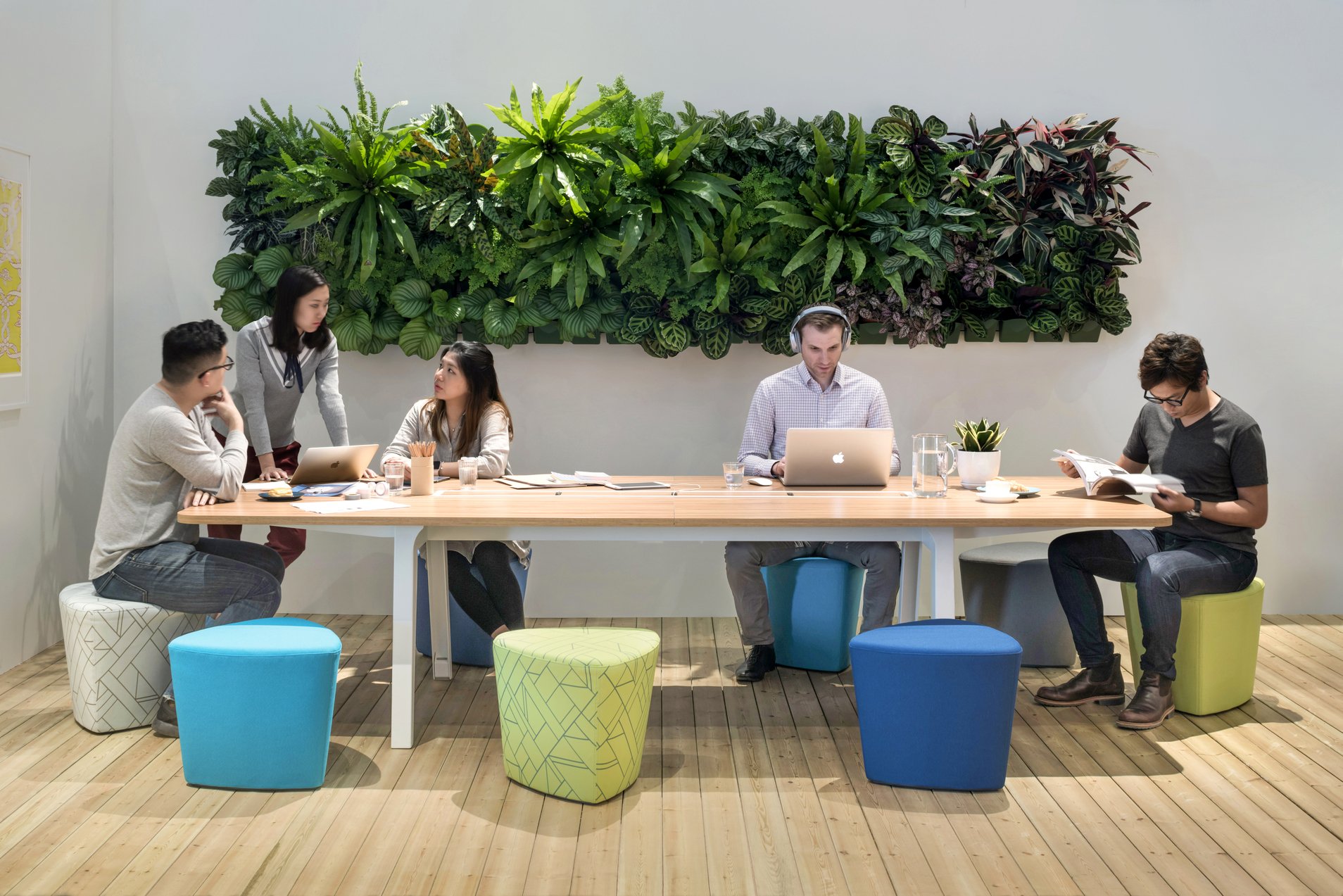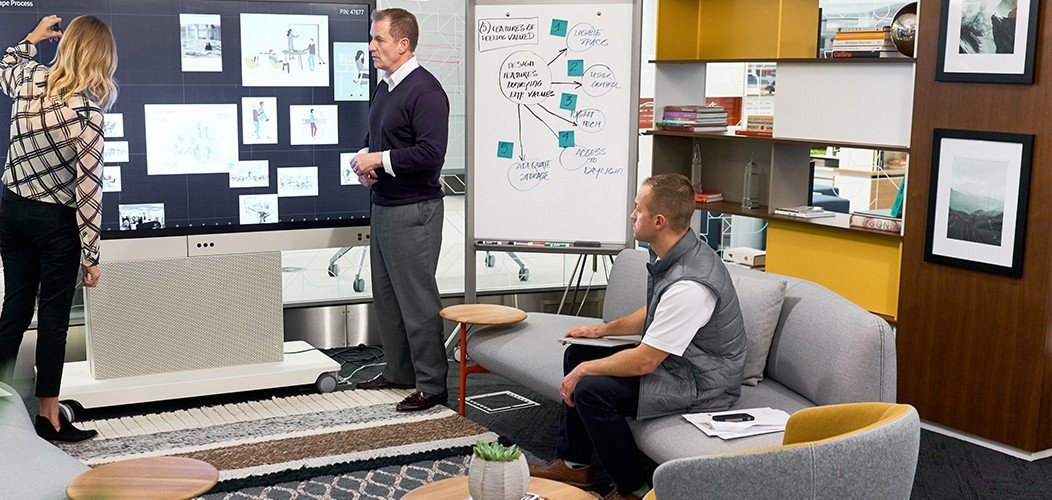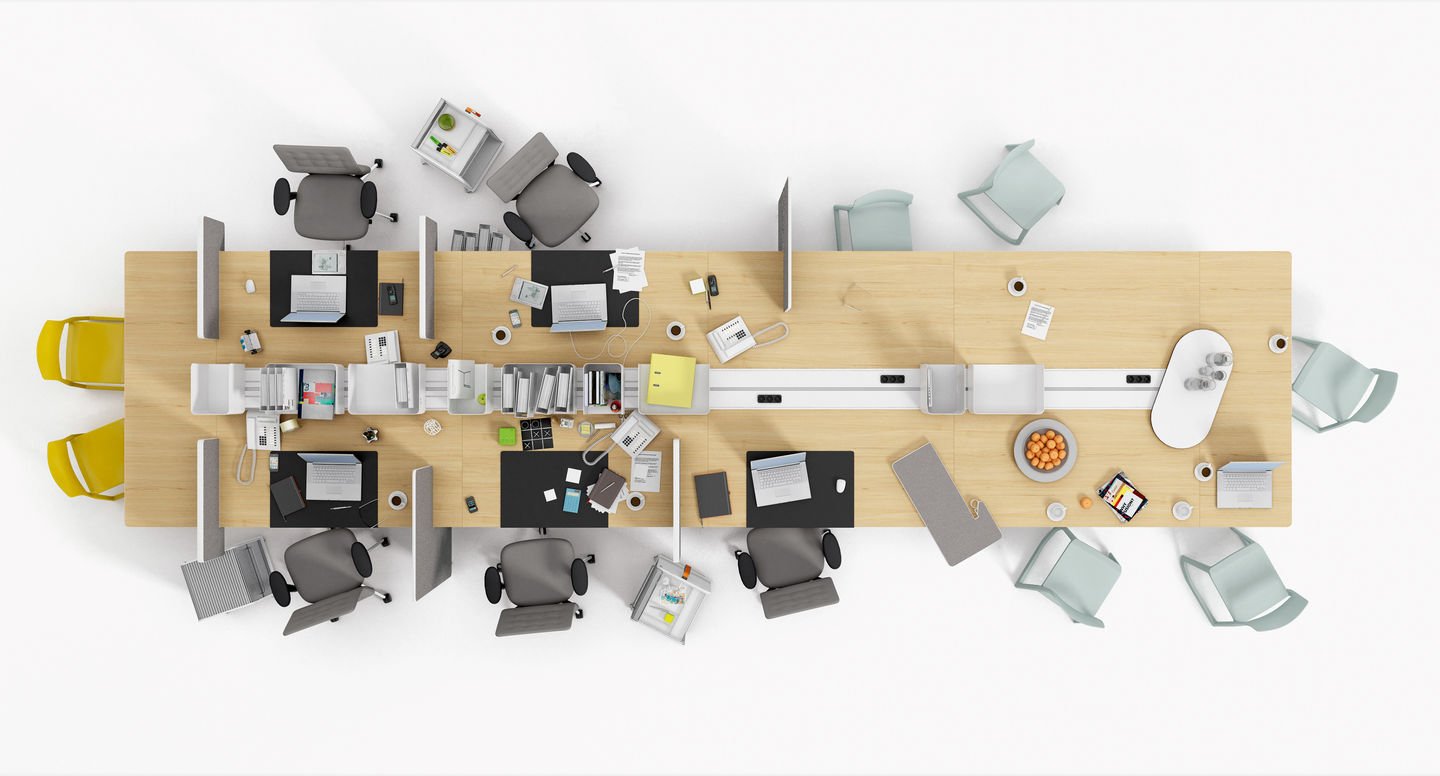Did you know that the design of your office can not only determine your office and corporate culture, but also have a direct impact on engagement, productivity, and the bottom line. Read on to learn how the design of your workplace can promote the culture that is right for you.
Corporate culture is important. It establishes identity, signals values, and fosters positive engagement. For the most part, culture is an abstract and intangible aspect of what defines and represents an organisation. But if there was ever a component of corporate culture you could touch, feel, and experience, it would be the interior design of the offices and work environment.
An investment in good design shows an organisation’s commitment to creating an environment that promotes wellbeing and productivity for its people. But good design is subjective. It can be aesthetic, functionally effective, or it can just mean durable and long-lasting. There’s no one size fits all, but there are plenty of solutions to build an office that does the job well and looks phenomenal at the same time.
The design of an office is the foundation of that company’s culture. With the nature of work changing and employees demanding more of their companies, the onus is on leadership teams to work together with interior designers to create environments that enable the best in culture and people. Here, we look at how good design can create the right office culture and contribute to building company values.
Organisational cultures are reinforced by the interior design
A core component to the success of long term competitive advantage of your workforce is defining how your organisation is structured. No matter which one you choose – hierarchal, flat, matrix, or functional – your layout and interior design should support that structure.
In a traditional culture, even though it may be on the decline, companies want to establish clear segregation between different levels of management and their lines of control. Authority is clearly communicated, and the goal is to maintain consistency in the space. On the other hand, in a flat, adhocracy based environment, the focus is on flexibility and creativity. There is no centralised point of control, and focus is given on collaboration zones and social meeting spaces. You will find this type of culture more common today, with blended open office concepts and modern collaborative workspace solutions. In these types of companies, other than the leadership teams, the only dedicated spaces are desks, and management generally has an open door policy, and/or is situated close to the teams.
Edgar Schein, a former professor at the MIT Sloan School of Management, proposed a model of organisational culture that is still referred to today. One of the basic assumptions in this model was how space is fundamental to shaping organisational culture. The design, layout, and allocation of space plays an important role in how one perceives the relationship between teams, leadership, and company values.
Accommodation through design
One great way to show commitment to employee well being is to make available spaces that suit the varying work modes in a work environment. Simply put, anyone on your team should be able to choose when and where they work, depending on the type of task they want to accomplish.
For example, sales teams often require hotdesking solutions and a closed off space to take the many calls they make (be it over phone or videocon) throughout the day. Their need is two-fold – they require privacy, and they do not want to disturb co-workers. In these cases, phone booths or pod solutions work well. For more focused, analysis based work, teams need quiet areas with the right colour schemes to promote flow of thought. Standing desks are important here to ensure people can stand when needed to keep the blood circulation going.
For teams that rely on collaboration to get their best work done, offices should be designed to inspire creativity and teamwork. They should be flexible as well, allowing ideas to flow into a tangible form through the brainstorming process. Huddle spaces do well here as they drive collaboration and provide distraction free zones for collective focus.
“One of the challenges for companies as they seek to encourage collaboration is how to balance ‘me’ vs ‘we’ in the workplace,” says Tom Price, principal architect at Strada Architecture in Pittsburgh. This is where collision and mixed-use spaces come in the picture. “Collision spaces are strategically located communal spaces where people can get food and drinks, and socialise when they run into one another. These types of spaces help people navigate their day by allowing them to relax, recharge, and connect when convenient to their schedule. They also create an experience that is distinct from the rest of the workplace.
“On the other hand, mixed use, mixed scale, and mixed personality rooms and furniture clusters, allow users to approach their work creatively. Spaces with their own personality, such as workshop style, maker spaces or home style living rooms, inspire non traditional modes of meeting, sharing, breaking, and testing. These flexible spaces also empower users to modify the area to meet their immediate needs.”
Strong environments foster strong cultures
According to a Harvard Business School study that collected data from 207 organisations over the course of 11 years, companies that actively develop their culture return 516% higher revenue and 755% higher income than those that do not. This is further supported by a Haworth whitepaper that points to findings strongly suggesting workplace culture being an important factor when designing offices. The American manufacturer advocates for organisational culture being a more important consideration than efficiency and performance when it comes to office design.
Haworth’s senior research strategist, Dr. Michael O’Neill, states: “No matter how strong an organisation’s planned procedures, culture trumps strategy when the two are not aligned”. Even for newer companies, workplace design can be used to reflect company values that motivate and engage employees.
The American Society of Interior Designers’ (ASID) research on the Impact of Design in the Workplace suggests workplace design being a stimulant to collaboration. According to the research, an unassigned seating arrangement sparks spontaneous interactions in the open office while offering opportunities to cross-pollinate among teams, and to get to know each other on a social level. With this office layout, ASID became more collaborative than concentrative. The layout also played a role in facilitating communication among employees (42% increase), and in supporting the sharing and exchanging of ideas (44% increase).
Corporate culture also takes into consideration the physical and mental health of employees, and good executive teams are rightfully concerned about the well being of their people. The design of a space can encourage healthy behaviour in several ways, such as close proximity to a fitness centre, sit-stand workstations, offering healthy nourishment, or even a wellness room. Such common areas can be centralised in the office, forcing employees to take the few extra steps to access them.









